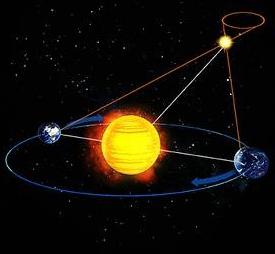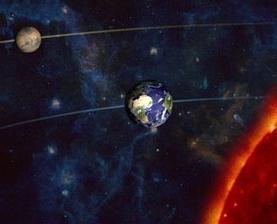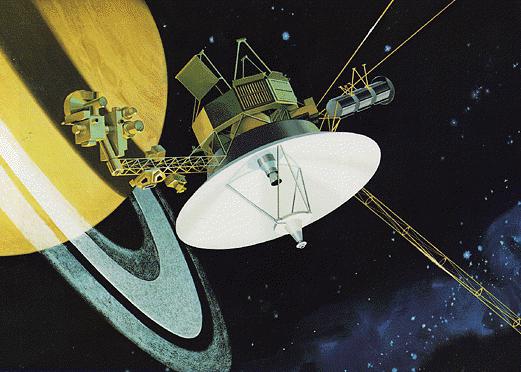The distance from Earth to the Sun, expressed in Earth units of length, is approximately 150,000,000 kilometers. In the definition of large astronomical distances, such a record is not entirely convenient because the distances between the other planets and objects of the solar system would have to be expressed in multivalued numbers.
The astronomical unit prevailing in the course of history is unit of distance in astronomy - the science of the universe. It is mainly used to determine the distance between various objects of the solar system, but its value is also used in the study of extrasolar systems. In the 17th century, astronomers came up with a rational idea to use the distance separating the Sun and the Earth as the determining unit in astronomy. Since then, it is generally accepted that 1 astronomical unit is equal to 149.6 million kilometers.

In the process of forming an idea of the heliocentric system of the world, the conditional distances in the solar system have become well known with fairly high accuracy. The central body of our system is the Sun, and since the Earth rotates in a circular orbit around it, the relative distance between these two celestial bodies remains virtually unchanged. Thus, the astronomical unit corresponds to the radius of the orbit of the Earth's rotation relative to the Sun. However, in those days there was still no reliable way to reliably measure this value relative to terrestrial scales. In the 17th century, only the distance to the Moon was known, and these data were not enough to determine the distance to the Sun, since the ratio of the mass of the Earth and the Sun was still unknown.

In 1672, the Italian astronomer Giovanni Cassini, in collaboration with the French astronomer Jean Richet, was able to measure the parallax of Mars. The orbits of the Earth and Mars were determined with high accuracy, and this allowed scientists to determine the distance from the Earth to the Sun. According to their calculations, the astronomical unit corresponded to 146 million kilometers. Further studies conducted more accurate measurements by measuring the orbit of Venus. And in 1901, after the approach of the asteroid Eros to the Earth, an even more accurate astronomical unit of measurement was determined.

In the last century, refinements were made using radar. In 1961, the location of Venus established a new value for the astronomical unit, with an error of 2,000 kilometers. After re-radiolocation of Venus, this inaccuracy was reduced to 1000 kilometers. As a result of many years of measurements, scientists have discovered that the astronomical unit is increasing at a speed of up to 15 centimeters per year. This discovery significantly increases the accuracy of modern astronomical distance measurements. One of the reasons for this phenomenon may be the loss of solar mass due to solar wind.
Today it is known that the distance from the Sun to the most distant planet of our solar system - Neptune - is 30 astronomical units, and the distance from the Sun to Mars corresponds to 1.5 units of astronomical measurement.